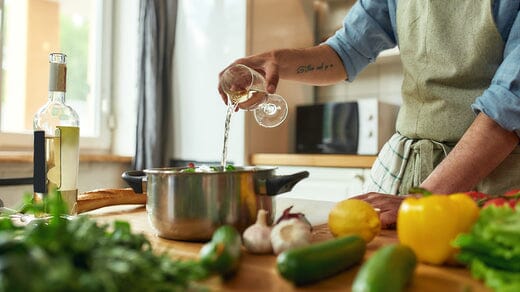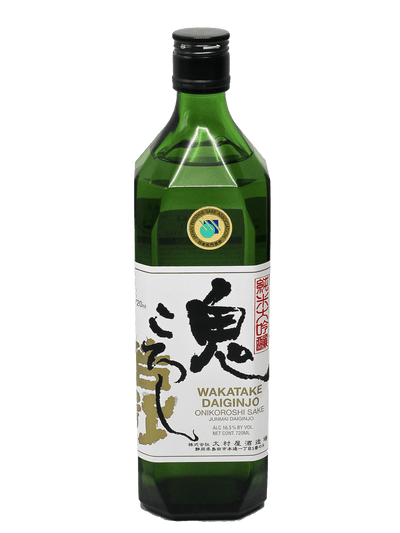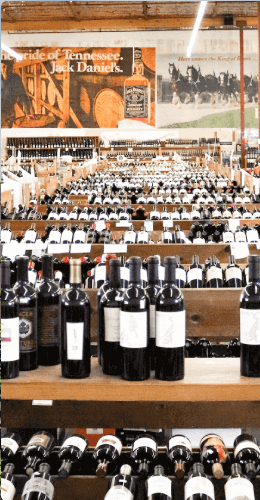What is The Best Dry White Wine for Cooking?

White wine is an essential ingredient in cooking, renowned for its ability to enhance and balance flavors. When selecting a dry white wine for cooking, it’s crucial to consider the quality and type, as these factors directly impact the final dish.
What White Wine Should You Use for Cooking?
For cooking, choose a good-quality white wine, though it doesn’t need to be top-shelf. Opt for dry wines with moderate acidity. Varieties like Sauvignon Blanc, Pinot Grigio, or a lightly oaked Chardonnay are excellent choices.
Pairing the right white wine with your dish can elevate the entire dining experience. Here are some classic pairings of specific white wines with types of dishes to consider. Make a list for when you order wine online:
• Chardonnay: With its buttery (and often oaky) notes, Chardonnay complements dishes like creamy pasta, roasted chicken, and seafood with rich sauces. Consider something like the Balletto Vineyards Teresa's Unoaked Chardonnay.
• Sauvignon Blanc: The crisp acidity of Sauvignon Blanc works wonderfully with light dishes, salads, shellfish, and dishes that feature fresh herbs and citrus. Try the Cannonball Sauvignon Blanc, for example.
• Pinot Grigio: Known for its light and refreshing profile, Pinot Grigio is perfect for delicate seafood and light pasta dishes. The Ferrari-Carano Pinot Grigio will work wonders!
• Dry Greek Whites: If you’re looking to enhance a dish’s savory boldness, inexpensive Greek whites pair well with dishes that savory complexity. Check out the Nerantzi Malagousia when you buy white wine online.
• Dry Vermouth: Don’t overlook dry vermouth, which can be an excellent option for savory recipes like Coq au Vin.
Some dishes that cry out for white wine include the following:
• Risotto: A dry white wine that adds acidity and freshness without overpowering the dish is ideal. Pinot Grigio or Sauvignon Blanc work perfectly.
• Ossobuco: A medium-bodied wine like Chardonnay or Viognier complements the richness of this dish.
• Onion Soup: A white wine with good acidity and citrusy notes, such as Sauvignon Blanc, enhances the soup’s flavors.
• Mussels: For seafood dishes like mussels, go with light and fruity wines, such as Pinot Grigio or an Albariño from Spain.
• Pasta with White Wine Sauce: A crisp, dry wine like Chardonnay or Sauvignon Blanc balances the richness of creamy pasta sauces.
Nine Quick Tips for Cooking with Dry White Wine
How to Reduce White Wine
Simmer the wine slowly to concentrate its flavors and allow the alcohol to evaporate. This intensifies the aromas and enhances your dish.
Quantity to Use
The amount of wine depends on the dish. A few tablespoons may suffice for sauces and soups, while a risotto might require a cup or more. Aim to enhance flavors without overpowering other ingredients.
Pairing with Herbs and Spices
White wine complements and enhances herbs and spices in a dish. Thyme, rosemary, and parsley pair particularly well with white wine’s flavor profile.
Timing in Cooking
Adding white wine early in the cooking process allows the alcohol to evaporate, letting the flavors blend seamlessly with other ingredients. Adding a splash at the end of cooking can bring a bright, fresh touch to the dish.
Deglazing
White wine is excellent for deglazing—a technique to scrape up browned bits from the bottom of a pan after searing meat or vegetables. This creates a rich base for sauces or stews.
Heat Control
Cooking with white wine requires careful heat management. High heat can evaporate the alcohol and delicate flavors too quickly, while low heat may not reduce the wine properly.
Flavor Balance
It’s important to balance flavors when cooking with white wine. The wine should complement, not overpower, the dish’s other ingredients.
Preserving Leftover Wine
Store unused wine properly to maintain its quality. Open white wine can be refrigerated and used in cooking for several days.
Conclusion
White wine is a versatile tool in the kitchen, capable of adding depth and complexity to a wide variety of dishes. Choosing the right type of dry white wine for cooking, along with mastering how and when to use it, can significantly elevate your cooking. With a bit of practice and experimentation, cooking with white wine can bring new levels of flavor and sophistication to your meals.


















Leave a comment